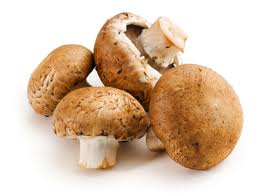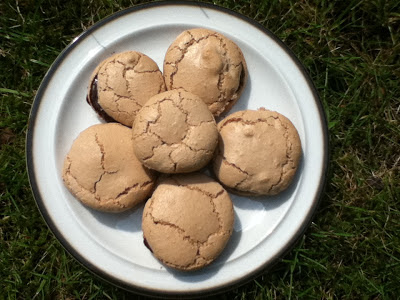It sounds easy, but cooking rice requires some skill. The perfect rice should be glazy and al dente, not rough in the mouth. It should be whole rice, not broken. It should not be too sticky, but grainy. So let's go over all the parameters. We will discuss the sort of rice, rinsing, soaking, cooking and resting.
If you have chosen your rice base, you will need to decide if you want to rinse it. I would recommend to do so, to get rid of all the dust and starch. The removal of starch will decrease the risk of having sticky rice. If you do insist on having sticky rice, go ahead and don't rinse. But if you want the glaziness on your rice, I would rinse it. To do that you just add cold water to your rice, rinse it and repeat until the water is starting to get clearer. While rinsing it, you must polish the rice by working it through your fingers. If you don't, you will get gooey rice. After rinsing, make sure to get rid of all the water.
Next on, you add the accurately measured amount of water to the rice. The following list gives you the right amounts of water you need for each cup of rice.
- White, long grain - 1 3/4 cups of water per 1 cup of rice
- White, medium grain - 1 1/2 cups of water per 1 cup of rice
- White, short grain - 1 1/2 cups of water per 1 cup of rice
- Brown, long grain - 2 1/4 cups of water per 1 cup of rice
- Parboiled - 2 cups of water per 1 cup of rice
- Jasmine or Basmati rice - 1 cup of water per 1 cup of rice
When you have finished adding the right amount of water, you then will have to soak the rice for 30 minutes in cold water. This will make the rice less brittle, so that you don't end up with broken rice. And it will help expand the rice to maximum length. Soaking the rice is a must for Thai and Indian style rice (Jasmine and Basmati rice). The Japanese call this: "softening the rice". After the 30 minutes of soaking, you are ready to cook the rice.
If you want you can add a little salt or butter and experiment with that. Now you plug in the rice cooker and wait till all the water evaporates as we are in "cooking" mode. We call this the absorption method of rice cooking. At some point, the temperature in the rice cooker will be 100 °C. The water will be entirely evaporated and turned into steam. From then on, the rice cooker will turn itself off and stay in "keep warm" mode. This is very important to know. During the "keep warm" mode you will have to let the rice rest for 15 minutes. This way the texture of the rice will become more uniform as the moisture distributes itself. If you don't let it rest, the rice at the bottom will be wet, while the rice at the top is more fluffy. Also make sure that the lid stays on at all times, because you don't want to lose steam as this will result in improperly cooked rice.
Keep in mind that the amount of water you add in the rice cooker will determine how long you will cook your rice. The more water you add, the longer it cooks, because it will take longer to evaporate all the water before the rice cooker comes into "keep warm" mode.
Conclusion? Cooking rice isn't a quickie, you need more than an hour of effort to cook the perfect rice!
Conclusion? Cooking rice isn't a quickie, you need more than an hour of effort to cook the perfect rice!
















































